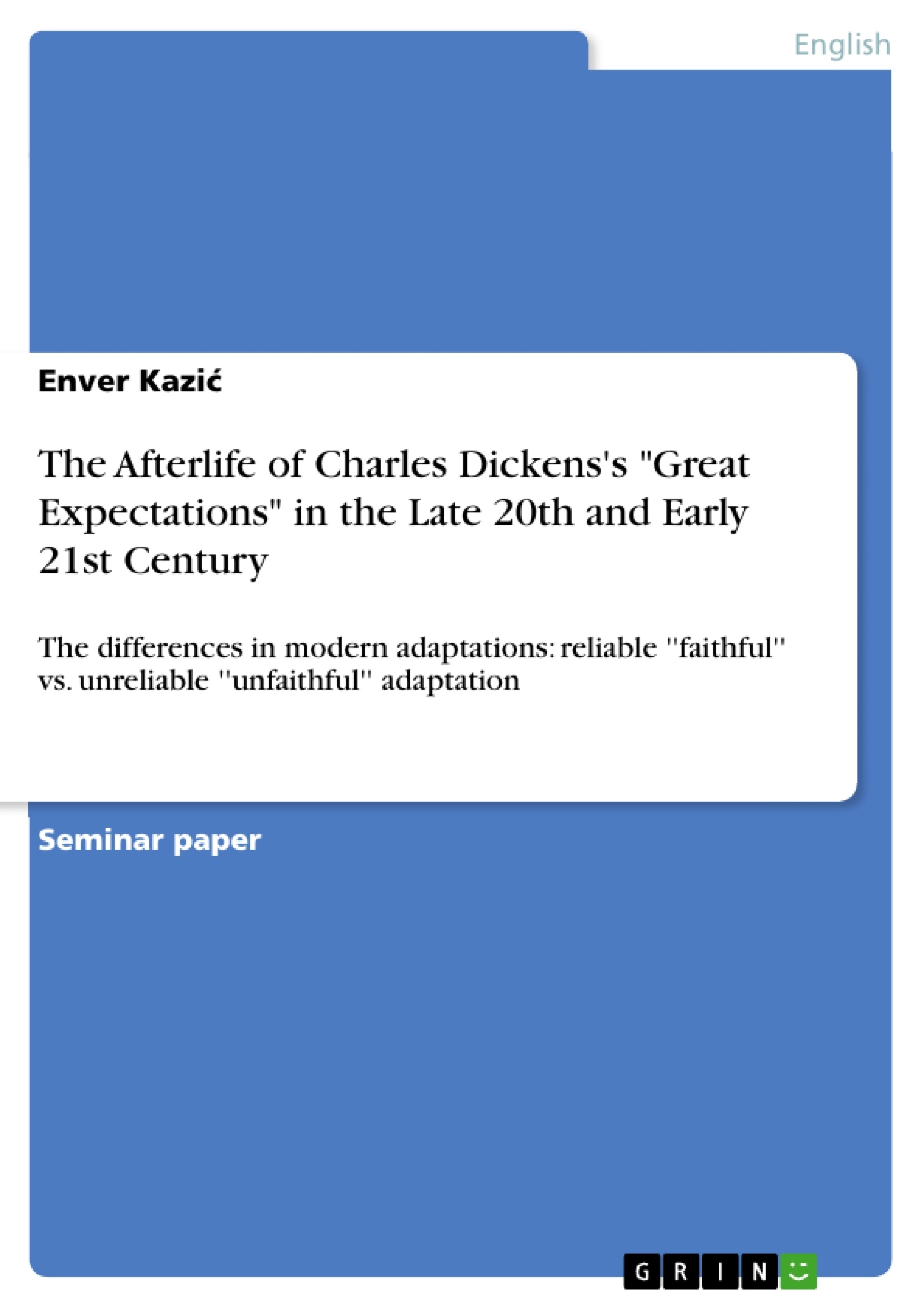It seems that the 19th-century industrial development and generally the period called Victorian age was not suitable for the urban writer such as Dickens. It should not come as a surprise that Dickens was not very satisfied with the period he lived in, or with people around him. The fact that he had already sold the lease on his London house and moved to the swamp – North Kent Marshes, before he started to write the novel “Great Expectations” may come as a proof for this statement.
Dickens was forty-eight then, and he could not stand pollution and bad public health, or the famous London fog of which he wrote so much in his novels “Bleak House” and “Our Mutual Friend”. There is however always a huge diversion between rural and urban in Dickens’ novels, especially in “Great Expectations”. Because of this huge distinction Tristan Sipley in her work ‘The Revenge of ‘Swamp Thing’: Wetlands, Industrial Capitalism, and the Ecological Contradiction of Great Expectations’ divides Dickens in the two groups – “pastoral Dickens” and “gritty urban Dickens”. In “Great Expectations” marsh, the place where the main protagonist – Pip lives (the marsh) is without a doubt showed as a place of wrongdoings, criminality and everything bad.
Inhaltsverzeichnis (Table of Contents)
- INTRODUCTION – The representation of the Victorian period in Dickens's Great Expectations
- The theme of a constant class competing mostly provoked by Industrialization
- Work and money as a society link
- Possession - physical and material
- DICKENS IS STILL ALIVE
- The use of the very title of the book Great Expectations in the popular culture – online web pages, shops and restaurants, contemporary comic books Great Expectations .....
- Dickens day and Dickens Festival
- Why are we still reading Dickens? Is it because we want to know more about the period in which he lived in, or because we can identify ourselves with his characters?
- Why is Dickens still so widely adapted and why?
- The differences in modern adaptations: reliable "faithful" vs. unreliable "unfaithful" adaptation
- Great Expectations by BBC, mini-series (2011)
- Great Expectations by Alfonso Cuarón (20th century Fox)
- CONCLUSION
- BIBLIOGRAPHY
- APPENDIX
Zielsetzung und Themenschwerpunkte (Objectives and Key Themes)
This paper explores the continued relevance and influence of Charles Dickens's Great Expectations in the late 20th and early 21st centuries. It examines how the novel's portrayal of Victorian society, its themes of class and social mobility, and its enduring characters have resonated with contemporary audiences.
- The representation of Victorian society in Great Expectations
- The enduring relevance of class and social mobility in the novel
- The adaptation of Great Expectations into various media forms
- The impact of Dickens's work on popular culture
- The reasons for Dickens's continued popularity and appeal to modern readers
Zusammenfassung der Kapitel (Chapter Summaries)
The introductory chapter sets the stage by examining Dickens's portrayal of Victorian society in Great Expectations. It explores the novel's depiction of the stark contrast between the rural and urban worlds, with particular emphasis on the themes of class division and the impact of industrialization on society.
The second chapter delves into the novel's enduring popularity and its continued relevance in modern times. It examines the various ways in which Great Expectations has been adapted and incorporated into popular culture, ranging from online web pages and restaurants to contemporary comic books.
The third chapter focuses on Dickens's enduring appeal to readers, exploring the reasons why his work continues to resonate with audiences today. It also delves into the different approaches taken in modern adaptations, comparing "faithful" to "unfaithful" interpretations.
Schlüsselwörter (Keywords)
The key themes and topics explored in this paper include Victorian society, class and social mobility, industrialization, adaptation, popular culture, and the enduring appeal of Charles Dickens's Great Expectations.
- Quote paper
- Enver Kazić (Author), 2014, The Afterlife of Charles Dickens's "Great Expectations" in the Late 20th and Early 21st Century, Munich, GRIN Verlag, https://www.grin.com/document/321483



